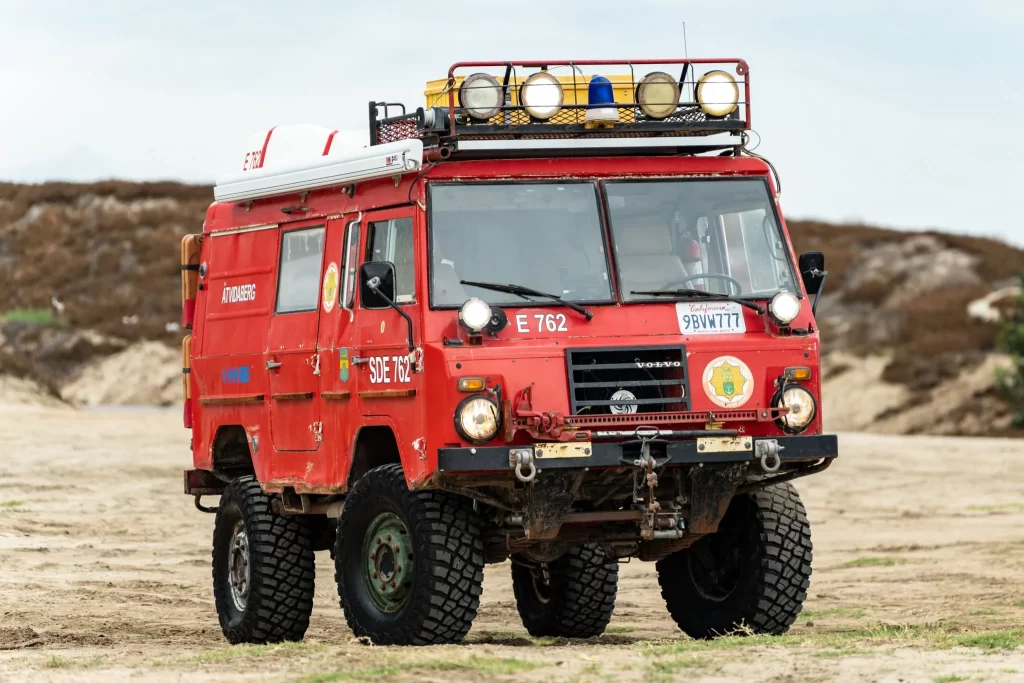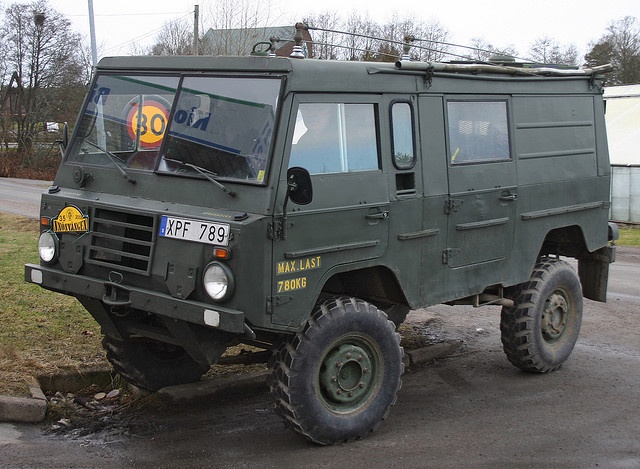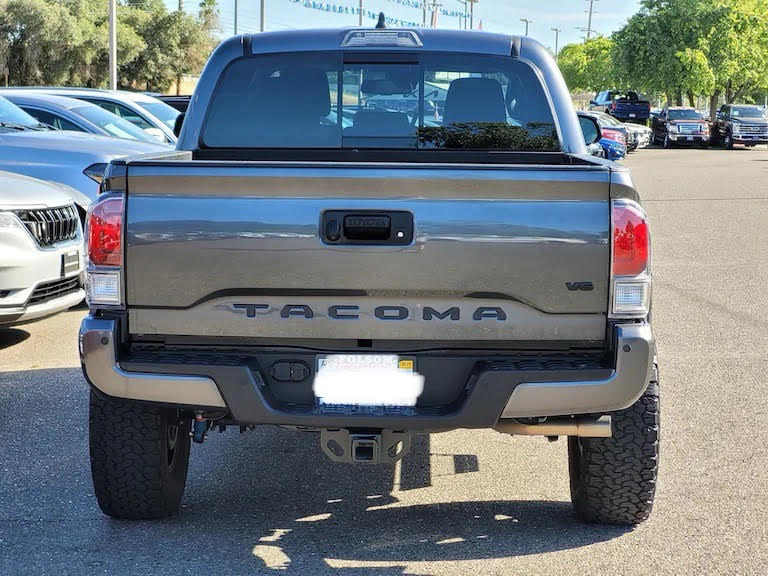
If you’ve had any interest in the offroad automotive world in the past however long years, you know about the UniMog. You know about the Mercedes produced colossus that has a storied history as kind of a pack-mule for getting heavy items to far reaching places. You’ve been out somewhere doing something and noticed out of the corner of your eye this flat-nosed, big-tired bad boy of a machine, and you instantly wanted to drive it. Bad news is this story isn’t about the UniMog; good news is that it is about a machine that you likely haven’t heard of but will want to drive just as much. Mercedes-Benz wasn’t the only monster maker in town…Volvo had a toy of their own to bring to the playground.
First developed in the late 1960’s and later produced between 1974 and 1984, the Volvo C303 was a vital piece of equipment for several European countries’ militaries as well as a solid work vehicle for electrical companies and rescue agencies. Spec’d to be able to navigate narrow roadways or move between trees and rocks, the C303 was built to be large enough to get the job done but narrow enough to go pretty much anywhere it was needed. But what makes this rig so special? And why in the world are so many of us just now finding about this thing?
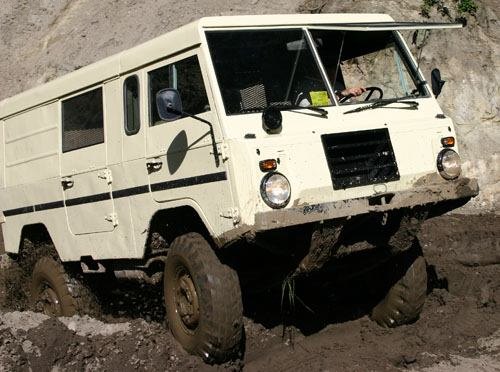
Let’s start at ground level and work our way up. 35” tires mounted to 16” wheels rotate around drum brakes, all mounted onto leaf-sprung portal axles, allowing for over 15” of ground clearance and plenty of articulation. Mechanically locked differentials front and rear help to ensure this monster gets to where it’s going every time. At just 14.5 feet long 74.8 inches wide and 98.6 inches tall for the standard 4×4 configuration, it can go anywhere it wants to for the most part.
A 3.0L inline six-cylinder gasoline fueled engine doesn’t put a ton of power to the ground, but the C303 still manages a 62-mph top-speed which is plenty of oomph to get the job done. Situated between the axles of the rig (that’s right, this bad boy is mid-engine), the engine location helps with center of gravity issues. From a driving perspective, the operator and front passenger are seated in chairs in front of the front axle, which definitely creates a different experience when negotiating turns in the behemoth.
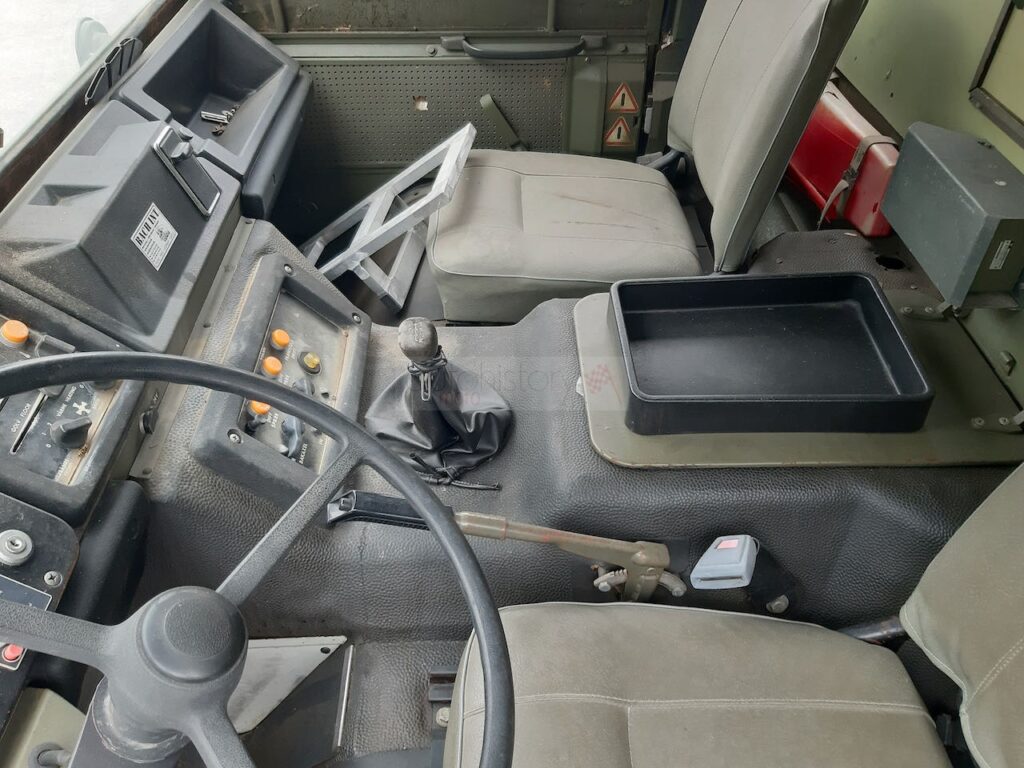

Creature comforts were not really on the checklist when this idea was drummed up. It does have a very rudimentary version of air conditioning/heating available, but it really is very spartan in every other aspect with regards to the interior. Since its first function was to carry troops or materials/equipment to hard-to-reach locations, comfort was not really a key component to the build. But who needs comfort when you’re talking about a rig with roof access and the ability to hard-mount a rapid-fire projectile thrower on top?!

Available in both 4×4 and 6×6 configurations, there was talk initially about also producing an 8×8 version. Unfortunately, that never came to fruition, but the 4×4 and 6×6 rigs are impressive in their own rite. Since the original C303s were created for use in the Swedish Army, several designations were assigned to the rigs to differentiate their use. Terangbil (Tgb for short) xx is the designation for the C303, where “xx” is a numbered identifier for the specific variant or use of the vehicle. For instance, Tgb 11 means it’s a Basic no-frills 4×4 hardtop, while Tgb 1314 means it’s a 6×6 (C304) version spec’d for duty as an ambulance. Boxy and mostly flat, Volvo’s C303 transporters were simple yet not boring aesthetically. Ease of use and all-around toughness contributed to a very popular rig (to those who even knew about it). Just as versatile as the aforementioned MB UniMog, the Volvo version didn’t get quite as much love or notoriety as its German counterpart, but it still became a force all on its own.
